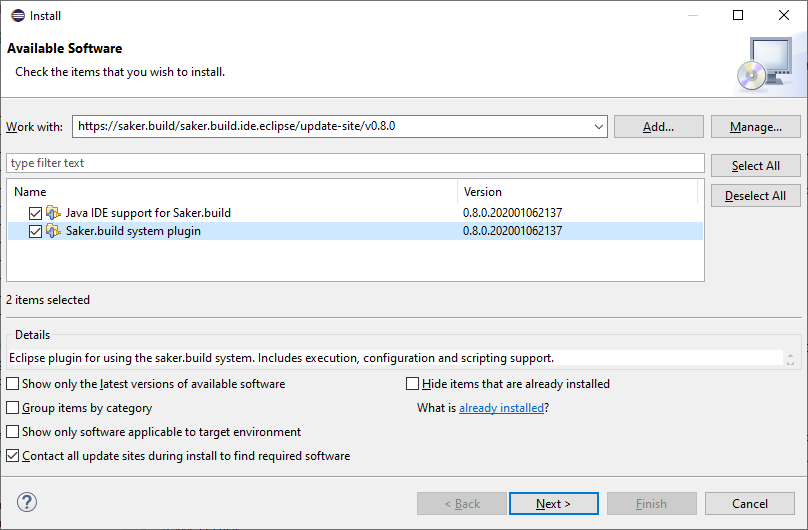

On MacOS, unzip and copy the Eclipse folder into Applications. Then look in the Eclipse folder and drag Eclipse.exe to the Start menu/Desktop/Quicklaunch bar to make a shortcut for starting it. On Windows, unzip it into C:\Program Files (all the files go into an Eclipse folder there).

#Install eclipse plugin zip file#
You will notice that what you have got is a zip file (unless your system automatically decompresses it for you). Choose a Mirror, and wait for the ~100MB download. Click on the link corresponding to your operating system where it says Eclipse Classic. I have used it on Windows, MacOS X and Linux, in each case with 1GB of memory, and that is plenty.

Since then, several other people have worked through it and made corrections and the information should be pretty accurate.Ī new PHP plugin called PDT, which is better, but uses more memory. This article started off as a brain-dump by Tim Hunt. It should not change much between releases. These instructions assume Eclipse 3.2, the current version at the time of writing. However, Eclipse is not the easiest program in the world to get started with, so I'm going to take you through it step by step. Other (more) popular choices are vim and emacs. It has lots of very powerful features, and it is the editor that some Moodle developers like to use. Eclipse is an IDE originally designed for Java, but now with plugins for many languages including PHP.


 0 kommentar(er)
0 kommentar(er)
